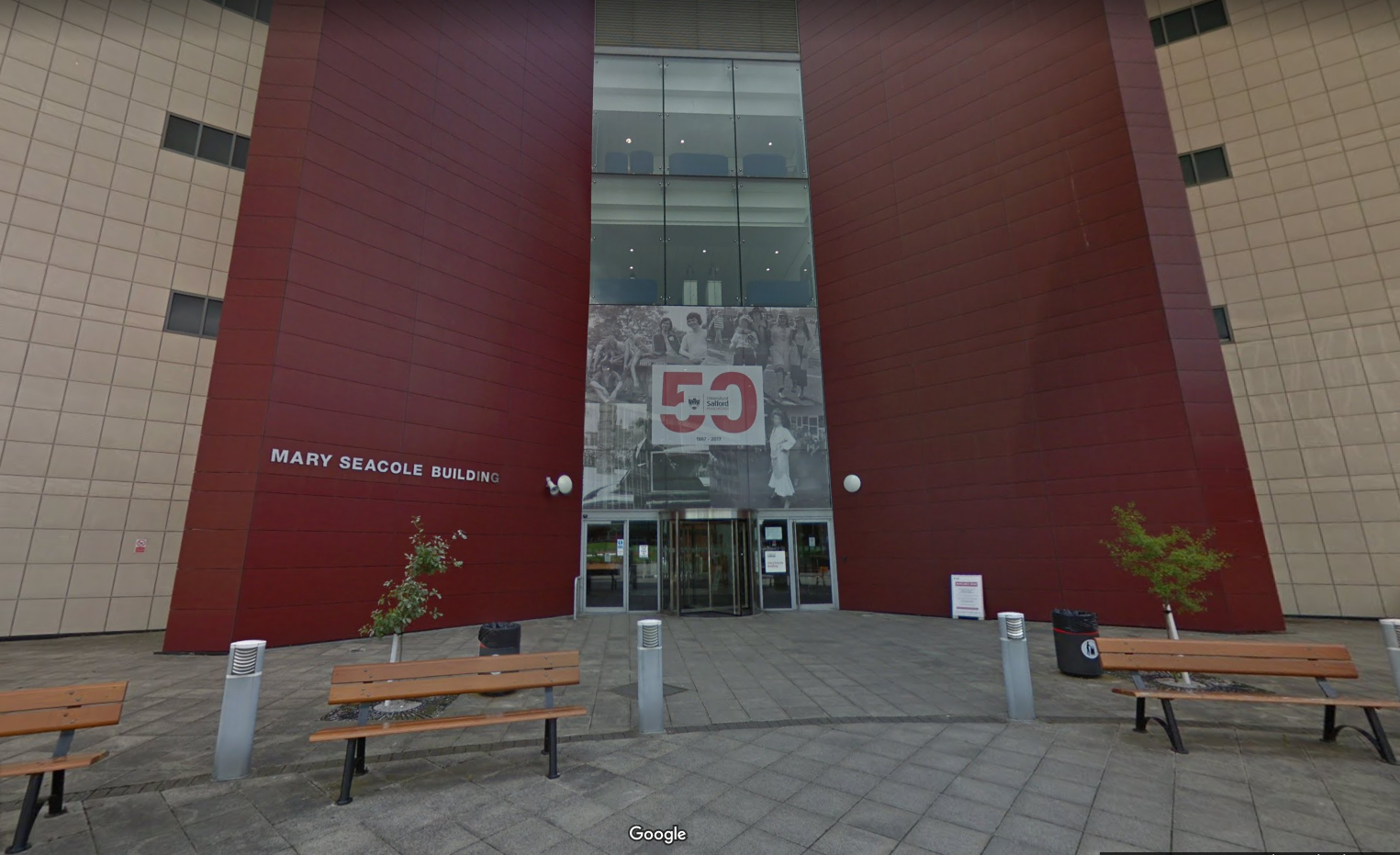
Bust of Mary Seacole. Image credit: Jerry Dohnal via Flickr. No changes made. https://creativecommons.org/licenses/by-nc-nd/2.0/
Mary Seacole was a Crimean war veteran, nursing icon, and was voted the greatest black Briton in 2004. Now, thanks to The University of Salford’s Mary Seacole building, her legacy continues to live on.
The Mary Seacole building continues to facilitate the next generation of nurses and medical professionals, after her name was chosen for the building. It was decided that, according to Brian Boag, the Associate Dean: “She represents all that is great about the profession, dedication, fortitude, determination, and courage.
“This was further reflected when the building was opened when the then Dean Professor, Tony Warne, asked Baroness Tammi Grey-Thompson one of the most successful Paralympians and disability rights campaigners, to open the building.
“I wasn’t here when the building was named, it was opened about 14 years ago, but the name was chosen after staff and students did a poll, as it was felt that her resilience and courage reflected the ambitions of the school.”

Mary Seacole’s bravery and healing skills were vital assets for the British during the war, seeing her responsible for the aid and recovery of countless wounded and sick soldiers.
When it came to initially applying to the war office, Mary was declined but took it upon herself to independently travel to the warzone at set up that was known as the ‘British Hotel’. She was lauded for her selflessness and became a perpetual figure of positivity for the soldiers who referred to her as ‘Mother Seacole’.
“Mary was scorned by much of society, and was told that she couldn’t join the nursing effort of Scutari. However, she did and she stayed there until the end of the war, returning penniless to the UK.
“She did actually meet Florence Nightingale at the battle front and they both shared the fact they were told that they couldn’t go to the war front (for differing reasons but mainly because it wasn’t seen right for a woman to do this).”
Following her death in 1881, Mary’s story faded into obscurity, only really coming back to prominence a century later. She is now rightfully remembered for her success as a black female.















Recent Comments